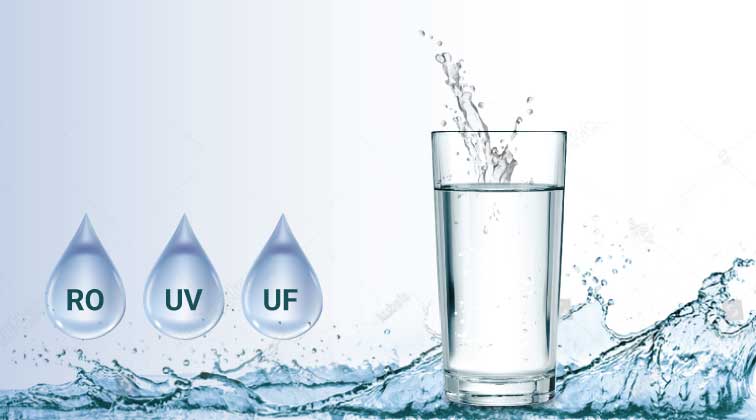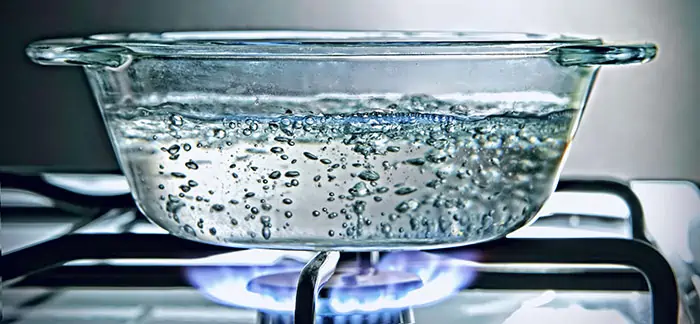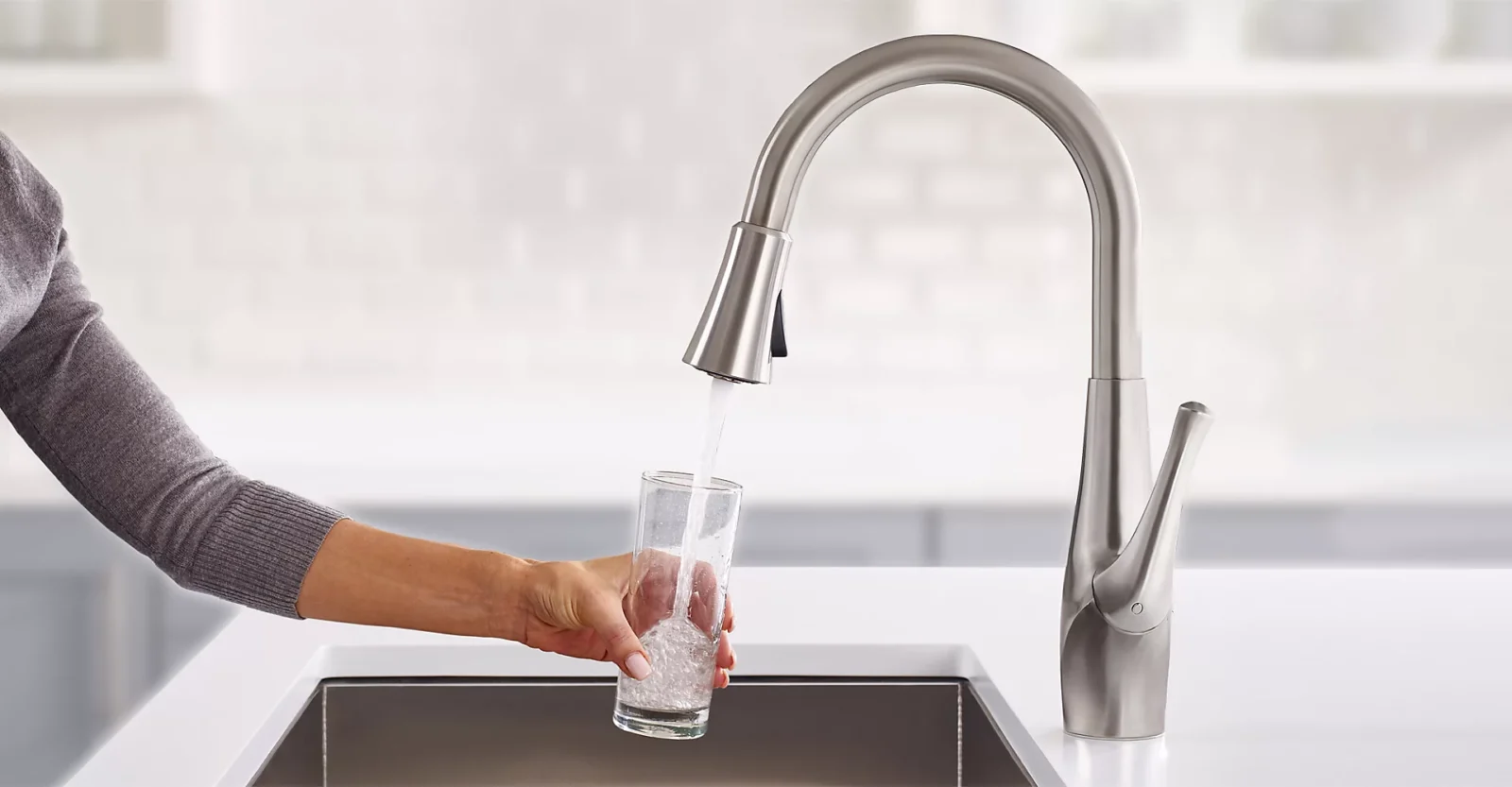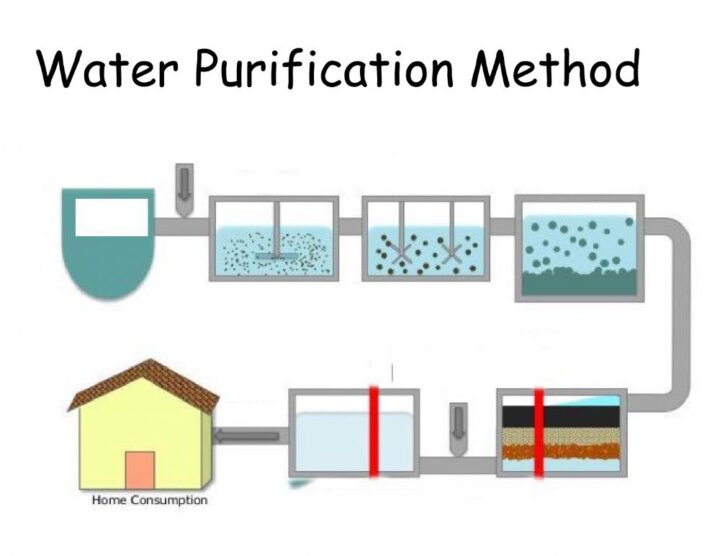4 Ways To Purify Water At Home Without Spending A Lot Of Money

When we purify water, we are actually trying to improve its quality and remove heavy substances from it. When the water is purified, then we are sure of its quality and can use it for many purposes, including drinking. In many parts of the world, tap water is not safe to drink, so people install purifiers so they can use it.
Sometimes these purifiers are really expensive because it needs to be installed properly and often require a professional to do it.
Water purification removes contaminants and unwanted constituents, or reduces their concentration to desirable levels for the desired end-use. Purification makes the water acceptable for a specific purpose, depending on your need and preferences. The final purpose can be for drinking, industrial water, gardening, maintenance of riverbeds, water sports, or many other purposes, including the safe return of water to the living environment.
Many of us know that boiling is the cheapest and easiest way to do this, and you can even filter out if any particles are there.
Why purify water?

Drinking clean water is quite important for our health, which is why it is worth considering investing in a system to filter tap water and obtain water of excellent quality without purchasing bottled water. There is nothing wrong with the water in the bottles, but it can be expensive and very often not environmentally friendly.
However, before doing anything, we recommend that you check the correctness of the plumbing installation. That way you’ll find out how the problem occurs and if you can solve it without setting up filters. You can learn more about plumbing repair at hedlundplumbing.com, and then determine whether you need additional water treatment.
And if you’re okay with that, and you still want a natural to cleanse that won’t cost you a lot of money, these are some of the solutions:
1. Water purification by boiling

High temperatures above the boiling point of water kill most bacteria, so boiling water combined with pre-filtration is a pretty reliable way to get clean drinking water.
The advantage of this method is that you can do it at home, without having any equipment with you. Only the kitchen pot and the stove that you use every day are enough.
Fill the pot with enough water, as much as you need, and heat it slowly. When the water boils, let it heat up, because most contaminants can survive 100 degrees Celsius, but not above that.
The only thing that can happen is that you don’t like the taste of boiled water at all. It’s often a tasteless liquid that will still do its job and hydrate your body.
2. Ceramic filters
You may have already seen them, but ceramic dishes are very popular in the world and are often combined with bars of a specific metal. Ceramics are often used as a material for making all kinds of dishes.
These containers look like ordinary flower pots, but they have several layers of material, such as rice kiln or sawdust, that you need to burn before using them for the first time.
Then, you put the water in the bowl and let it filter. This method is surprisingly effective and is used in many poor countries where the availability of drinking water is limited.
3. Slow filtration through sand
This is an option that is possible, but not very practical. Although it may seem like you can get enough water to use right away, be aware that when it is filtered through sand, only the heavy contaminants are removed.
Next, you have to continue boiling the water if you want to make sure everything is fine. If you don’t, you risk poisoning and even death.
4. Built-in faucet purifier

Purifiers are installed on the tap and clean the water before it flows out. It is enough just to turn on the filter and then know that the water flowing through the tap is completely correct for use.
This investment won’t cost you much, yet it’s efficient enough that you’ll never have to worry about water quality again in your life. That’s why we recommend that you consider the option of a portable purifier, which you can mount on any faucet, wherever you are.
This method is also often used by campers, who light a fire at night. They boil water from rivers or natural springs and then filter it, then boil it. With this, they provide themselves with a sufficient amount of water for their adventure.
Can we trust these methods?
Home water purification methods are quite effective and meet minimum quality standards. What we want to mention is that you should always boil the water, regardless of how you have filtered or purified it.
Note that only high-temperature boiling or advanced chemical reactions can remove microscopic contaminants. Often certain bacteria pass through the layers of filters and basic purifiers, which means that even when it is filtered, the water is not actually completely purified yet.
This is why we recommend that you get an attachment for your faucet or rely on boiling water for as long as needed.
These tips are applied in many parts of the world, but they are not perfect. The purity of the water should not be played with and therefore we recommend that if the problem is long-lasting, invest in filters and purifiers, without hesitating and looking for alternative ways to save money.
Conclusion

Now you know enough water purification methods. Although there is not much, it is important to know what you are doing and what you are aiming for. As we have already stated in the previous sections of this article, it is much more important to be focused on the quality of the purifier, rather than on saving money.
Our recommendation is to explore as many ways as possible that can be useful to you in nature. But when it comes to domestic water use, then stick to the methods that are sure to work – boiling at high temperatures and, of course, the installation of purification systems, which can be large or compact, depending on what you need at the moment.

